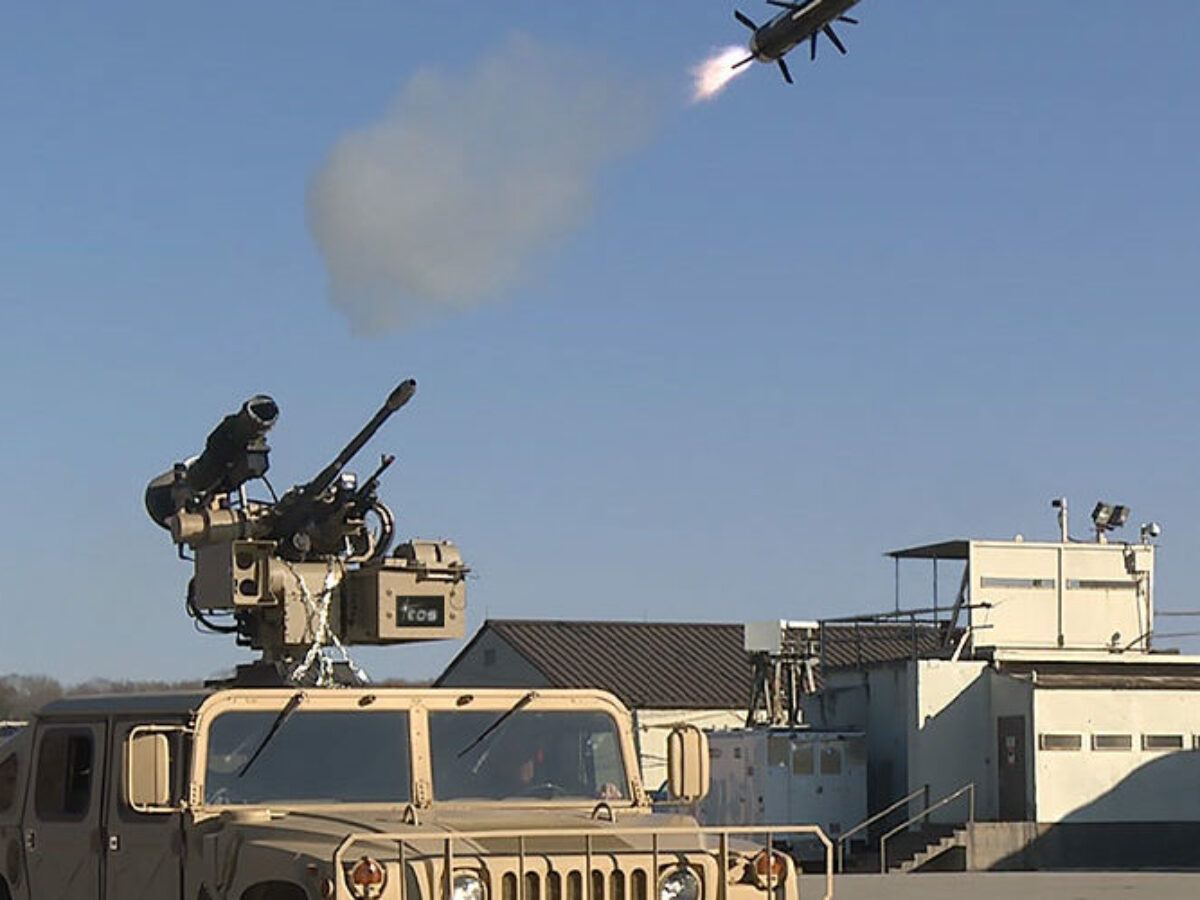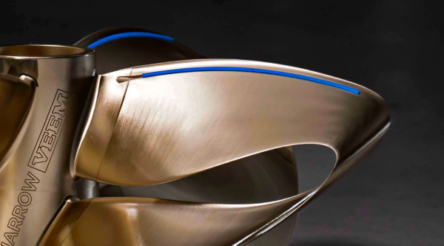Ukraine shows how bare is Australia’s missile cupboard

By Peter Roberts
With governments round the world looking in their defence inventories to see what weapons or assistance they can send Ukraine, just what does Australia have sitting round that we could quickly send to the beleaguered nation?
Turns out – not much.
According to senior analyst at the Australian Strategic Policy Institute Marcus Hellyer, Scott Morrison who is currently looking at lethal and non-lethal export options will find that despite record defence spending, Australia’s missile cupboard is all but bare.
Not only do we have very few of any missiles that would be immediately useful to the Ukraine, but the one missile Canberra announced would be made locally in 2018 has not even progressed to the contract stage, let alone manufacture.
Hellyer said Australia could send some of its Javelin shoulder-fired anti-tank missiles, similar to the one in the photograph being launched from a roof-mounted remote weapons station.
But while Electro Optic Systems makes the remote weapons station in Canberra, we import the Javelin and most recently in 2020 ordered 200 of them.
With Ukraine facing thousands of Russian tanks and armoured vehicles, even 200 would not make much difference.
And this is not to mention how woefully under-missiled are Australia’s armed forces.
Just as well invasions do not happen in modern western countries – oops, they do as Ukraine is so painfully finding out.
Hellyer said: “That’s been one of the key lessons from recent armed conflict – the consumption of guided weapons is huge and maintaining the flow to troops is crucial to success.
“But it doesn’t appear that the Australian Department of Defence has learned that lesson if the recent history of its (non-)acquisition of the Spike missile is anything to go by.”
In 2018 the federal government selected the long-range SPIKE missile – similar to the Javelin – to arm the army’s Boxer combat reconnaissance vehicles and that they would be built here.
Four years later defence contractor Varley Rafael Australia (VRA) is exploring Australian production of the Rafael SPIKE family of guided weapons – they still have not received a contract from the government.
VRA, a joint venture between Australian engineering company, Varley Group and Israeli guided weapons manufacturer RAFAEL Advanced Defense Systems, is reviewing local manufacture of the rocket propulsion system and warheads, and awaiting a contract.
One area of progress has been that VRA is assembling SPIKE Guided Missile Integration Kits (SIKs) in Australia – the first time Rafael has conducted assembly operations overseas.
The kits, which will be integrated into the Boxer vehicles, make up the launcher and missile control elements of the SPIKE missile.
Canberra did provide VRA with SIC-P funding supporting upskilling and acquisition of specialised tools and equipment for the project.
But even if we did make the Spike locally another problem arises – would Israel give Australia permission to export the weapon to Ukraine?
Australia has been caught out in the past utilising imported military systems – one of many examples occurred during the Vietnam war when Switzerland refused to continuing supplying parts for our (imported) Pilatus Porter aircraft.
So not only can Australia not help another friendly, democratic country faced with a deadly invasion, their pain underlines the critical importance of Australian manufacturing capability to national security.
And not only manufacturing capability, but the critical importance of local manufacture of Australia’s own weapons systems – we may not be able to rely on using others’ technology.
And one could add to this list the critical importance of Australian-owned companies and Australian-developed intellectual property in defence industry.
The federal government has recognised these issues with its focus over the past five years on growing the indigenous manufacturing base, and in its $1 billion challenge to industry to establish a sovereign Guided Weapons and Explosive Ordnance (GWEO) Enterprise.
There are two Australian consortia vying along with foreign-owned companies for the contract – one consortium organised by Queensland’s NIOA, and the second by Adelaide’s Nova Systems and Canberra’s Electro Optic Systems.
And there is indigenous missile technology that we can build on – principally around BAE Systems which produces the Nulka hovering rocket anti-missile decoy as well as the launch control software for the Evolved SeaSparrow Missile (ESSM).
While BAE Systems is a foreign company, it is heavily invested in Australia and it has genuinely Australian-developed IP.
Its capabilities are a hang over from the heyday of Woomera and Australian developed missiles such as the Ikara anti-submarine rocket and the Malkara anti-tank missile.
These show Australia can do it again and produce our own missiles, based on our own know-how and manufactured right here.
Picture: Electro Optic Systems/Javelin missile launch from a roof-mounted EOS remote weapons system
Subscribe to our free @AuManufacturing newsletter here.
Topics Analysis and Commentary Defence
@aumanufacturing Sections
Analysis and Commentary Awards Defence Manufacturing News Podcast Technology Videos










